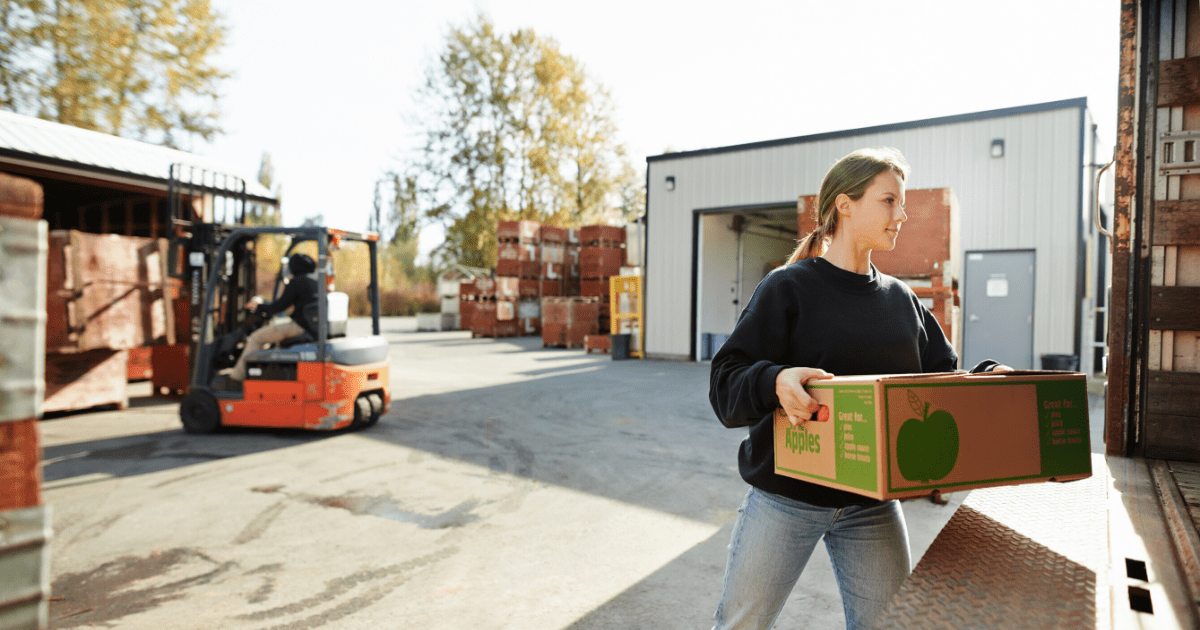Guest opinion by Mark Montague, industry pricing expert.
Recent news has been all about the downturn in freight volumes, and the lower rates that accompany smaller volumes. Whenever freight markets go soft, we analysts like to look at changes that can help pull us out of the current pattern. In the midst of much gloom about the freight marketplace, we look for some positives that can help us through the next couple of months.
With much manufacturing like the automotive supply chain shut down, a lot of additional capacity is in the spot marketplace. Some shippers are shopping the spot market for bargains, which erodes contract volumes. There is a lot of pressure on truckload rates and also on freight accessorials. As we transition into summer, the normal pattern is for volumes on the West Coast to improve. Even with many businesses closed, we are seeing the underlying pattern repeat in data.
Get a clearer view of the road ahead with data and analytics from DAT iQ.

First, as a nation we are not going to run out of food. The biggest issue right now is that production which went into foodservice has no place to go, because of the closure of restaurants for dining. Foodservice companies are trying mightily to transition into becoming retail grocery suppliers. This isn’t as easy as making a sale. The types of products and size of the packaging often isn’t suitable for retail grocery operations. Given time, the foodservice supply chain will adapt.
Trucking companies that focused on moving foodstuffs under contract for retail chains are doing better than most. The US does grow about 70 percent of the food consumed in this country, and the next highest supply comes from Mexico via gateways in Texas, Arizona and California. In some cases, meat packing plants have been shut down due to illness from the coronavirus, so there is a possibility of spot food shortages of certain items.
California harvests look strong
Second, there have been concerns about the labor supply responsible for harvesting our fresh fruit and vegetables. According to multiple sources, issues with migrant labor have been resolved and under the H-2A visa, guest workers are being welcomed as essential workers. Additional positive news states that California agriculture looks to be in good shape, neither too wet, not too dry. In fact, many crops look to have outstanding seasons including strawberries, blueberries and stone fruit.
Strawberries are under harvest right now from Oxnard, CA, (19 percent of California market share), with more coming from Santa Maria (35 percent market share). By early May, expect Watsonville (45 percent market share) to hit peak numbers. This should be ongoing through the Fourth of July. West Coast freight has been in dire straits, with current rates are worse than in the 2009-10 time period in some cases, so any increases in volumes will help shore up pricing.
Florida freight takes a hit
On the East Coast, things have been less promising. Much of the Florida produce goes into the foodservice supply chain. There are numerous reports of dumping vegetables and milk products due to lack of appropriate demand. The Northeast experienced a cold snap around Easter which further cut the consumption of produce. Who wants to have watermelon when temps are in the thirties? The good news, if there is any, is that traffic on I-95 and other area roads serving the Northeast has been low, facilitating transit with fewer delays.
A third concern has been driver safety. Reports from the field indicate few instances of drivers becoming ill. Contact with shipping personnel has been minimal, with many shippers and receivers instituting distancing, drivers are not allowed on docks, and paperwork is placed in a remote location. But drivers are having trouble finding available restrooms and sanitizer. Many trucking companies have now been able to secure masks and gloves, although that was a challenge at first.
Carriers appear up to the task, with ready and willing drivers, so food and essential groceries continue to move. Seasonal produce should be on the shelves in increasing volumes the next couple months. DAT forecasts anticipate volumes to at least stop declining as we transition into May and has the potential to build as we approach June, especially if key industries can be reopened at least on a limited basis.

